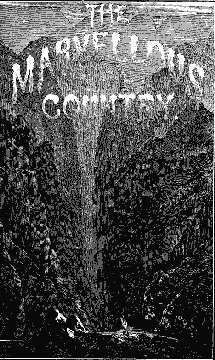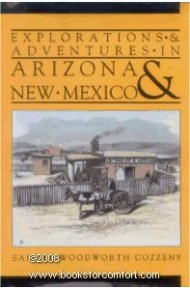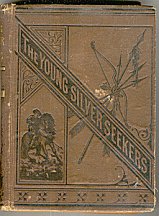| Polished Ebony 1919 Ayer Co or 1923 Dodd, Meade, Co. with
illustrations by H. Weston Taylor ~ A parody of Black life with exaggerated
dialects.
Other:
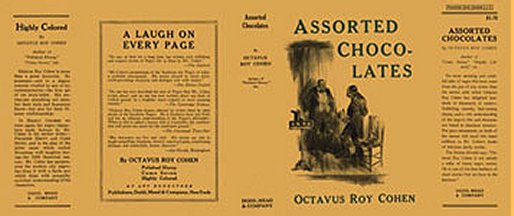 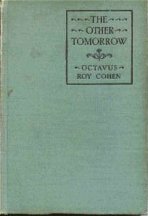
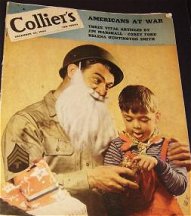 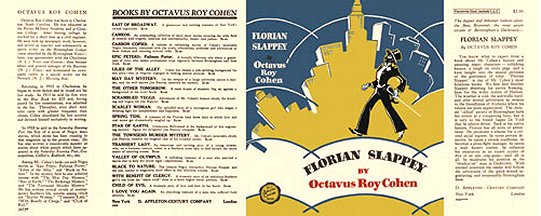 Assorted Chocolates 1922
Assorted Chocolates 1922
The Other Tomorrow 1927
Midnight:
1921 eBook Text: http://www.gutenberg.net/1/1/0/4/11043/11043.txt
Colliers Dec. 25, 1943: part 3 of "Romance in the First Degree"
Characters: Florian
Slappey: Created by Octavus Roy Cohen (1891-1959)
Ref: From Kevin Burton Smith's
Thrilling
Detective Website at: http://www.thrillingdetective.com/slappey.html
One of the first black eyes,
and one of the first eyes, period, Florian Slappey was a tall, slim drink
of water, a "colored gentleman," something of a clotheshorse, who decides
to leave his hometown of "Bumminham", Alabama, for the bright lights and
big city of Harlem. Not that he seems to have been particularly well-received,
since characters seem to frequently tell him "The onliest thing I got for
you is no use." Florian's adventures were related in a string of short
stories, most of which made their debut in The Saturday Evening Post. With
titles like "A Bounce of Prevention" and "Ham and Exit," it's obvious we
were supposed to find him amusing. But he was "little more than a caricature,"
according to Edward D. Hoch in The Whodunit. Then again, William DeAndrea,
in Encyclopedia Mysteriosa, finds Slappey "a decent, if bumbling detective,
and his cases are well enough constructed to stand up, if the reader can
overlook the predjudices of an earlier age." Slappy made several
appearances in short stories in the Saturday Evening Post, where much of
author Octavus Roy Cohen's other work was also published. His Jim Hanvey,
Detective (1923), featuring his Jabba the Hutt-like country private detective,
Jim Hanvey, and Scrambled Yeggs (1934) are pretty good examples of an attempt
to find an American style of mystery. There are two Collections: Florian
Slappey Goes Abroad (1928) and Florian Slappey (1938)
plus many short stories
Films:
The Big Gamble (1931) Writer
The
Kaiser's Shadow, or the Triple Cross 1917: Based on the serial story
"The Triple Cross" by Octavus Roy Cohen, J. U. Giesy in All-Story Weekly
(30 Mar-20 Apr 1918).Summary: On the day of his marriage to Dorothy Robinson,
Clement Boyd, the inventor of a powerful new rifle, is kidnapped by German
agent Paula Harris and taken to the home of master spy William Kremlin.
Another agent, Hugo Wagner, brings Dorothy to the mysterious house to witness
Clement's execution, should he fail to deliver the design of his weapon
to Kremlin. Frederick Fischer, one of Kremlin's men, searches Clement,
but the plans are nowhere to be found, having been concealed by Paula,
who actually works for the French government. While Fischer is threatening
to inoculate Clement with a deadly form of bacteria, Paula goes to retrieve
the plans but finds them missing. Just before the needle pierces Clement's
arm, United States Secret Service forces arrive in a raid that Paula had
arranged earlier. Hugo, who, unknown to Paula, serves in the Secret Service,
pursues the fleeing Kremlin, and when his gun jams, Paula shoots
the German. With the plans safely in the possession of American agents,
Hugo and Paula confess their love for each other.
The
Eyes of Mystery 1918 Based on the short story "The House in the
Mist" by Octavus Roy Cohen, John U. Giesy in People's Magazine (10 Aug
1917). Summary: Carma Carmichael, who lives with her uncle Quincy, is kidnapped
by her renegade father Roger and taken to his ancestral Southern home.
Uncle Quincy sends young Jack Carrington to investigate and goes into hiding,
leading the Carmichaels to believe he is dead. Carma is at first suspicious
of Jack's intentions but soon learns that the man who abducted her is actually
an impostor who had murdered her father and now lives in the plantation
with a group of thugs. Despite "Roger's" attempts to take Jack's life,
the young man incites the thugs against him and they attack the house.
Uncle Quincy arrives with a posse, and after their rescue, Carma and Jack
embrace.
Play: "Come
Seven" Broadhurst Theatre, (1920.07.19) |
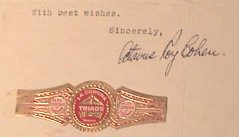
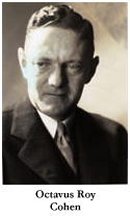 Octavus
Roy Cohen was born in Charleston, South Carolina in 1891. He graduated
from Clemson College in 1911, from Birmingham-Southern College in 1927,
and practiced law in South Carolina for two years. Cohen worked at various
times for the newspapers Birmingham Ledger, Charleston News and Courier,
Bayonne Times (New Jersey), and the Newark Morning Star. He authored more
than 50 novels, detective mysteries, and books of short stories, more than
20 motion picture screenplays, and at least one stage drama (Come Seven,
1920). He contributed short stories to The Saturday Evening Post, Colliers,
and other magazines. Cohen is best known for his detective fiction and
for dozens of comic stories about African Americans. These stories, set
in Birmingham, Alabama, featured uncouth characters and exaggerated black
dialect. Cohen lived variously in South Carolina, Alabama, New York, and
California. He died in Los Angeles in 1959. Octavus
Roy Cohen was born in Charleston, South Carolina in 1891. He graduated
from Clemson College in 1911, from Birmingham-Southern College in 1927,
and practiced law in South Carolina for two years. Cohen worked at various
times for the newspapers Birmingham Ledger, Charleston News and Courier,
Bayonne Times (New Jersey), and the Newark Morning Star. He authored more
than 50 novels, detective mysteries, and books of short stories, more than
20 motion picture screenplays, and at least one stage drama (Come Seven,
1920). He contributed short stories to The Saturday Evening Post, Colliers,
and other magazines. Cohen is best known for his detective fiction and
for dozens of comic stories about African Americans. These stories, set
in Birmingham, Alabama, featured uncouth characters and exaggerated black
dialect. Cohen lived variously in South Carolina, Alabama, New York, and
California. He died in Los Angeles in 1959.
American
author of humorous Negro fiction and detective stories. Born of
Jewish parents in Charleston, S.C., he graduated from Clemson College in
1911. He worked as a newspaperman before being admitted to the South
Carolina bar in 1913. He was married the following year and had one son.
In 1915 he abandoned the law to write fiction. A regular contributor to
The Saturday Evening Post and other popular magazines for many years, Cohen
is chiefly noted for his Negro dialect fiction. Two of his well-known characters
are unusual detec- ives. Florian Slappey, known as the Beau Brummell of
Birmingham, Ala., is a tall, slender, immaculately dressed sport described
as "a sepia gentleman." He knows (and is known by) everybody in his home-
town. He then sets out to conquer New York's Harlem. His humorous adventures
are told in Florian Slappey Goes Abroad (1928) and Florian Slap pey (1938).
James H. (Jim) Hanvey, who is white, is a private detective who has more
friends in the underworld than in legitimate circles. Gargantuan, with
several chins and short fat legs that cause him to waddle when he walks,
he spends most of his time sitting with his shoes off and resting. His
chief exercise is fondling a gold toothpick that hangs from a chain across
his chest. He befriends criminals who have gone straight but is "the terror
of crooks from coast to coast" when on a case. The stories about the gross
and uncouth, if amiable, detective are found in Jim Hanvey, Detective (1923),
"Free and Easy" in Detours (1927), and Scrambled Yeggs (1934). Cohen was
also the author of The Crimson Alibi (1919), a popular mystery novel
and a success on the New York stage.
Play and Film In 1920,
Cohen's play Come Seven, starring Earle Foxe as Slappey, ran for seventy-two
performances on Broadway. Cohen's country detective, Jim Hanvey, was featured
in one film: Jim Hanvey, Detective, Republic, 1937. Guy Kibbee,
Tom Brown, Lucie Kaye, Edward Brophy. Directed by Phil Rosen.
Hanvey cuts short a hunting trip to investigate the theft of an emerald
necklace that was actually hidden by a young reporter friend as a
publicity stunt; but before
long the gems are really stolen.
Cohen was a contributor
to Argosy All-Story Weekly pulp magazine
http://members.aol.com/MG4273/rogue.htm#Cohen
Bibliography
Wikipedia
Entry
Bio |








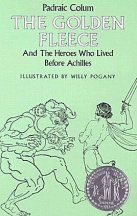
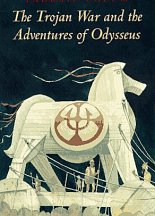
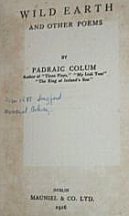
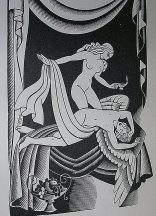
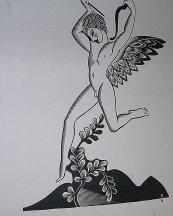
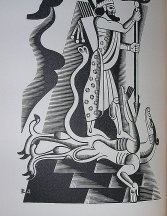
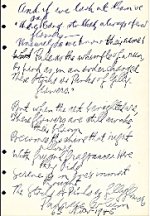
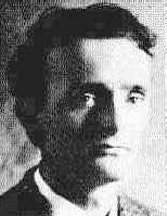
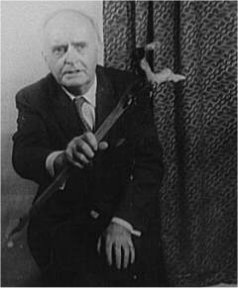
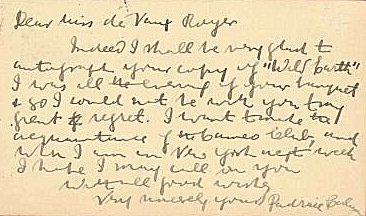
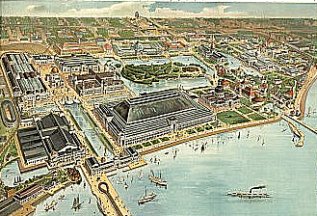
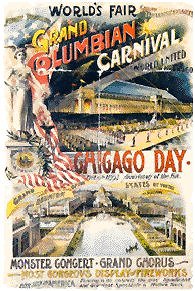
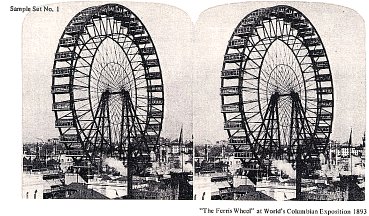
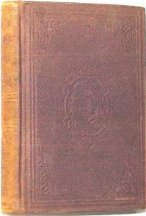
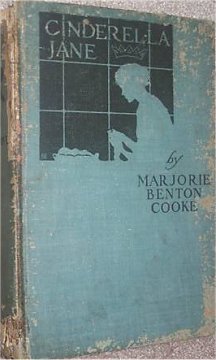
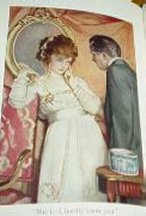 The
Dual Alliance ~ 1915 ~ Doubleday
The
Dual Alliance ~ 1915 ~ Doubleday
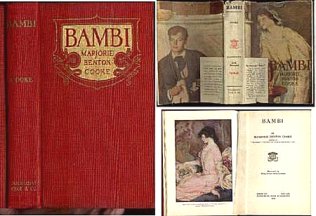
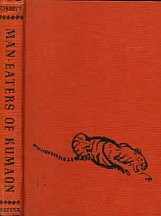
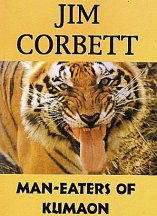
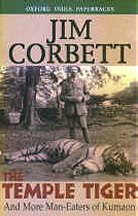
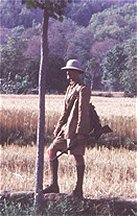
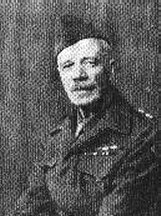
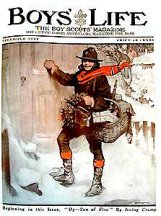
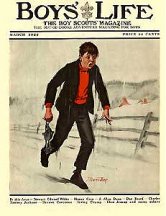
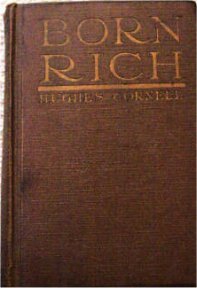 A California
fiction Romance Novel. A movie was made after the book in 1924 that featured
a cast of William Burton, Clair Windsor, and Doris Kenyon.
A California
fiction Romance Novel. A movie was made after the book in 1924 that featured
a cast of William Burton, Clair Windsor, and Doris Kenyon.
